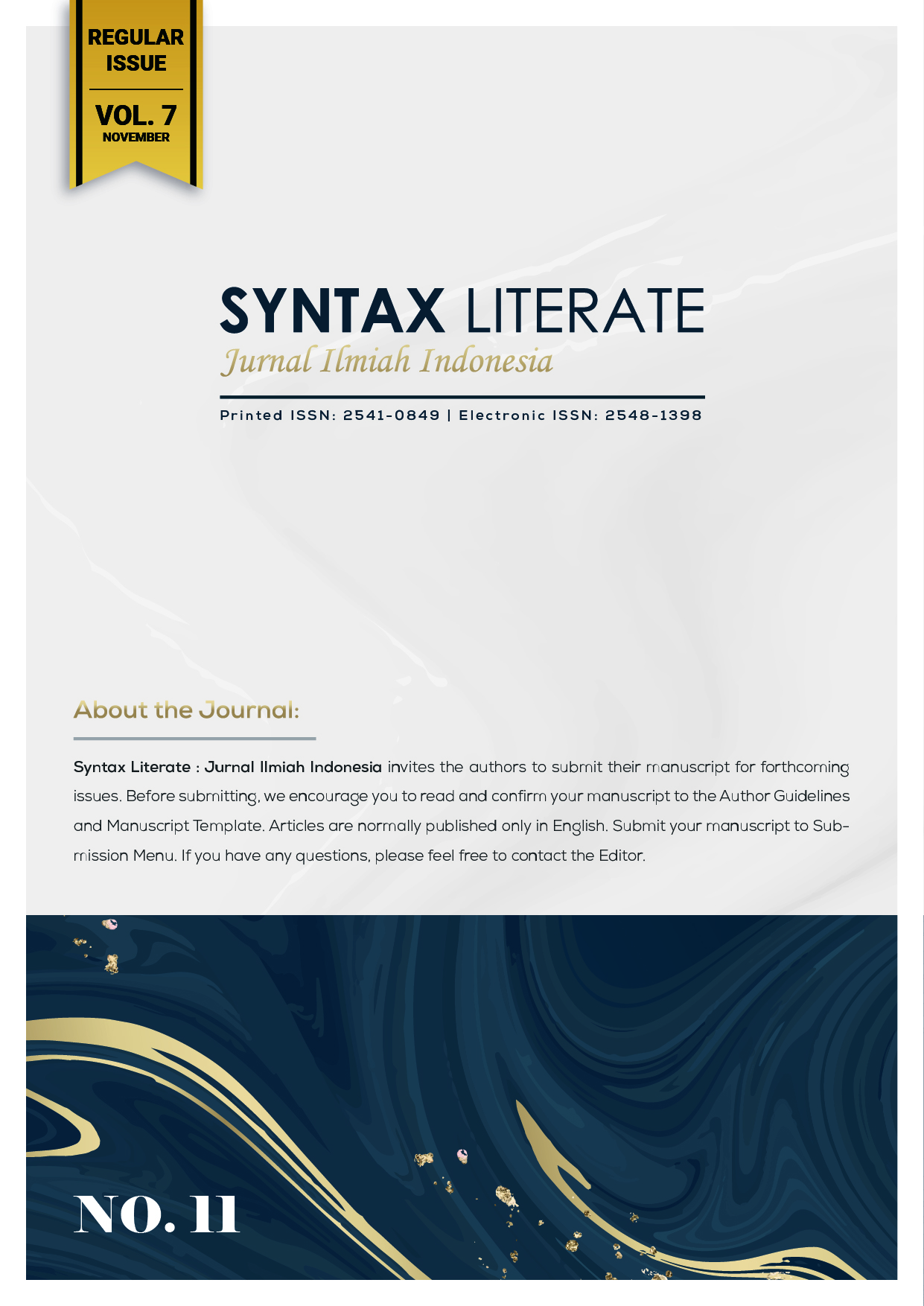Virtual Reality (VR) As E-Commerce Platform To Expand SMES Market In Nusa Tenggara Timur
Abstract
Sustainable Development Goal (SDG) has been a global scale movement to fulfill the 2030 zero poverty agenda, Institut Teknologi Bandung, in presence of the Research and Community Service Campus's Institution (The LPPM) annually perform certain funding for community service action in order to fulfill SDGs agenda, and also as the duty of the higher education (Tridharma Perguruan Tinggi), the LPPM annually sent teams of lecturers and students to solve issues in the society across the country's rural region. A technology adoption project in the city of Kupang has been made, Kupang as the capital city of Nusa Tenggara Timur (NTT) province, a far east region of Indonesia, is a nice place for experiment on modifying locals behavior that are far from the nation's capital, Jakarta. The province holds a significant problem, which is low GDP and limited market, also undeveloped product management that devalue its price. The project implemented design thinking process scheme, one of which is utilizing recent virtual technology on providing digital space on e-commerce activity, 15 Small Medium Enterprises (SME) under the province's creative committee (The Dekranasda) has been chosen, the SME were provided with a 3D profile in the VR platform.
Downloads
References
Yuliawati, Sri. (2012). Kajian implementasi tri dharma perguruan tinggi sebagai fenomena pendidikan tinggi di Indonesia. Jurnal Ilmiah Widya, 218712.
Arpaci, I., Karatas, K., Kusci, I., & Al-Emran, M. (2022). Understanding the social sustainability of the metaverse by integrating UTAUT2 and big five personality traits: A hybrid Sem-Ann Approach. Technology in Society, 71, 102120. https://doi.org/10.1016/j.techsoc.2022.102120
Buchari, A. (n.d.). Manajemen Pemasaran Dan Pemasaran jasa – revisi. Toko Buku Bandung. Retrieved December 29, 2022, from https://cvalfabeta.com/product/manajemen-pemasaran-dan-pemasaran-jasa/
Cruz-Neira, C., Sandin, D. J., DeFanti, T. A., Kenyon, R. V., & Hart, J. C. (1992). The cave: Audio visual experience automatic virtual environment. Communications of the ACM, 35(6), 64–72. https://doi.org/10.1145/129888.129892
Dincelli, E., & Yayla, A. (2022). Immersive virtual reality in the age of the metaverse: A hybrid-narrative review based on the technology affordance perspective. The Journal of Strategic Information Systems, 31(2), 101717. https://doi.org/10.1016/j.jsis.2022.101717
Elliott, R., & Timulak, L. (2015). Descriptive and interpretive approaches to qualitative research. Oxford Clinical Psychology. https://doi.org/10.1093/med:psych/9780198527565.003.0011
Fry, T. (2016). The design thinking handbook. Emereo Publishing.
Funk, P. (n.d.). Business Growth, 1. https://doi.org/10.6084/m9.figshare.20861410.v1
Kernbach, S. (2018). Storytelling canvas: A visual framework for developing and delivering resonating stories. 2018 22nd International Conference Information Visualisation (IV). https://doi.org/10.1109/iv.2018.00073
Lamb, C. W. (2012, January 1). Marketing. Google Books. Retrieved December 29, 2022, from https://books.google.com/books/about/Marketing.html?id=3X4JAAAAQBAJ
Lee, C., Lee, D., & Shon, M. (2020). Effect of efficient triple-helix collaboration on organizations based on their stage of growth. Journal of Engineering and Technology Management, 58, 101604. https://doi.org/10.1016/j.jengtecman.2020.101604
Liedtka, J. (2011). Learning to use design thinking tools for successful innovation. Strategy & Leadership, 39(5), 13–19. https://doi.org/10.1108/10878571111161480
Ludlow, B. L. (2015). Virtual reality: Emerging applications and future directions. Rural Special Education Quarterly, 34(3), 3–10. https://doi.org/10.1177/875687051503400302
Quinn, P. M. (1990). Qualitative Evaluation and Research Methods. Sage Publ.
Razzouk, R., & Shute, V. (2012). What is design thinking and why is it important? Review of Educational Research, 82(3), 330–348. https://doi.org/10.3102/0034654312457429
Rindfleisch, A., O'Hern, M., & Sachdev, V. (2017). The Digital Revolution, 3D printing, and innovation as Data. Journal of Product Innovation Management, 34(5), 681–690. https://doi.org/10.1111/jpim.12402
Zuboff, S. (1996). In the age of the smart machine: The future of work and power. Basic Books.
Copyright (c) 2022 Arya Brehaspati Adisasmito, Achmad Ghazali

This work is licensed under a Creative Commons Attribution-ShareAlike 4.0 International License.











